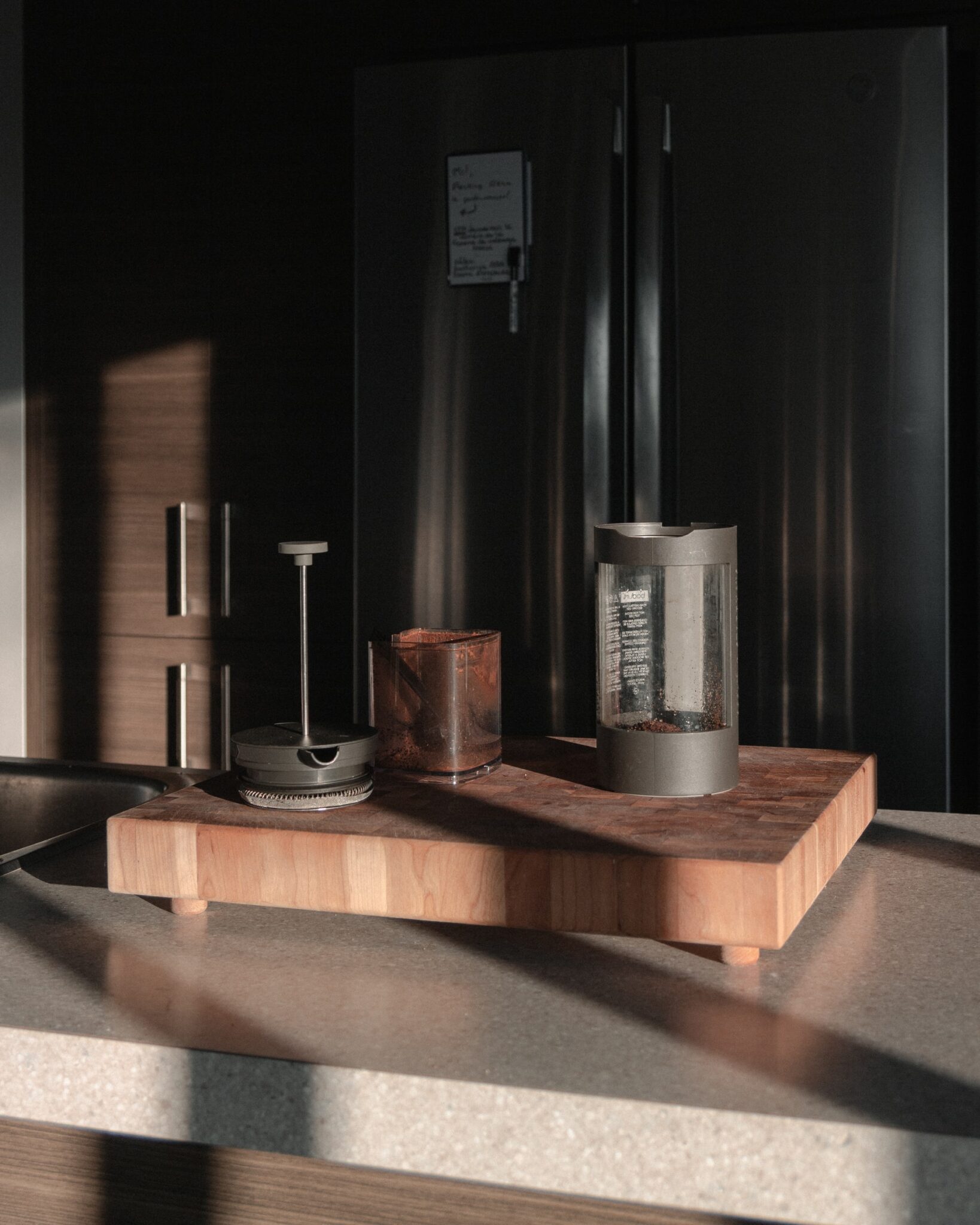 If you are thinking of investing in a kitchen remodel, ceramic tiles can help transform your kitchen. Besides installing ceramic tiles on the kitchen floor, you can install them on the countertop as well. But, how do you install ceramic tile on kitchen countertop?
If you are thinking of investing in a kitchen remodel, ceramic tiles can help transform your kitchen. Besides installing ceramic tiles on the kitchen floor, you can install them on the countertop as well. But, how do you install ceramic tile on kitchen countertop?
You will realize that these tiles are more durable and come in a variety of colors. Therefore, you can trust that you will find the right match for your kitchen.
Apart from being inexpensive, these tiles are easy to install and require little maintenance; definitely, this makes them a great pick for your kitchen top. If you want to install these tiles on your kitchen countertop, there are several steps that you should follow. This article will demystify this for you. These include:
Contents
Prepare the countertop
Before you start tiling your countertop, you should first of all, prepare it. When it comes to preparation, there is a lot that you should do.
One of those essential things that you should do is to remove all the items present on the countertop. Some of the things that you should remove include the stove, sink, and other essential appliances that might be there.
You should turn off the water supply to the sink, and if you have a garbage disposal, you should cut the power to it as well. You should also disconnect the plumbing hoses to your sink plumbing and the hose clamps that keep your disposer in place.
As you do this, you should know the planned ceramic tile size. If you choose larger tiles, you might not need many tiles for this purpose.
You should also know how the tiles will fit into rows as well. If you are going to get a ceramic tile size that needs minimal cutting and fitting, you will have an easy time. Also, you should account for the grout when planning the tile size.
Measure the existing countertop
Get a plywood to have all the details written down. You can outline the dimensions of the old countertop on a ¾ inch plywood. You should ensure that you trace the sink opening as well. Thereafter, use a circular saw to cut the plywood.
To make smaller cuts or round out the corners, you can consider using a jigsaw. Once this is done, you need to make the lines remain unbent by clamping a straight edge along the marked lines, which will guide the saw.
On top of the existing countertop, place the plywood base, and from underneath the existing countertop, trace the sink opening onto the plywood base. Using a jigsaw, cut out the sink opening.
Cut the concrete backer board using the plywood template
Here, you should put the plywood base on top of the piece of concrete board. Using a plywood base as a template, make an identical countertop piece out of the concrete board.
Then, cut the concrete board to the shape of the countertop using a spiral cutting saw with a masonry bit. As you do this, you should not forget to cut the sink opening as well.
Screw the plywood base into the countertop
by use of the wood screws, you should fix the plywood base onto the existing countertop. Using a ¼ inch trowel, you should thereafter apply a thin-set mortar to the plywood base. Then, place the concrete board on top of the plywood base and finally use galvanized screws to fix it onto the place.
It is worth noting that the exact type of screws you will use will actually depend on the type of cabinet construction you will be dealing with. However, you need 4.1 cm length stainless cabinet screws, using pre-drilled holes.
Once this is done, you can then reinforce any corners and edges with fiberglass mesh tape. By doing this, you will be able to prevent cracking, chipping, and even crumbling along the cut edges of the concrete.
Mark out a backsplash or set the tiles along the corner of the counter and wall
You should ensure that you prepare the area as well as do some light sanding. Here, you should mark the height of the backsplash and be sure to account for the width of the tile below it. It worth noting that the height of the backsplash is usually one tile high.
Start laying the ceramic tiles
Start by arranging the tiles on the countertop base. Here, you should determine the most appropriate placement and spacing of the tiles before anything else.
Position the ceramic tiles on the concrete board and ensure that your account for the grout lines. To ensure that your tiles are well placed, you should use spacers.
If possible, you should start from the center. Here, you should place a ceramic tile in the middle and then work out. It is important that you cut the end tiles when necessary. This will go a long way in ensuring that everything looks even.
Mix up your mortar
Following the instructions from the manufacturer, you should mix up your mortar and only make as much mortar as you need. To start with, you can start with a small amount and increase it depending on your needs. When buying a mortar, you should choose the one that can withstand the moisture of your kitchen.
Lay ¼ inch thick mortar on the countertop
Using a notched trowel, you should lay about ¼ thick layer of mortar on the countertop. It is essential that you give yourself enough mortar for 3-4 tiles at a go. After that, you can lay the mortar down so that it covers the surface evenly.
For the edges and backsplash, you should apply tile mastic. This usually allows for expansion so that your edge tiles will not crack.
Lay the ceramic tiles in place
You should start by laying the edge tiles first and then lay the countertop tiles later. Using a vinyl spacer, ensure that you account for the grout lines.
You should keep doing this until your mortar is finished and you have finished your section. It is important that you remove excess mortar off the surface as you work.
After that you can allow the mortar to set overnight to ensure that everything set well when you get back to work. Once this is done, you should grout the tile countertop using the grout of your choice.
The excess grout should be removed by holding a rubber float at 45-degree angle and then drag it across the tiles in a diagonal direction.
Finally, clean the tiles with a damp sponge. This will help wipe off any residue or grit present on the ceramic tile when installing.
Conclusion
You can design an impressive countertop by following the above guidelines when installing ceramic tiles on your kitchen countertop. Your kitchen will have a new look and be more attractive. Also, this goes a long way in adding value to your home. In brief, this guide will truly guide you in giving your kitchen a fresh look today.
